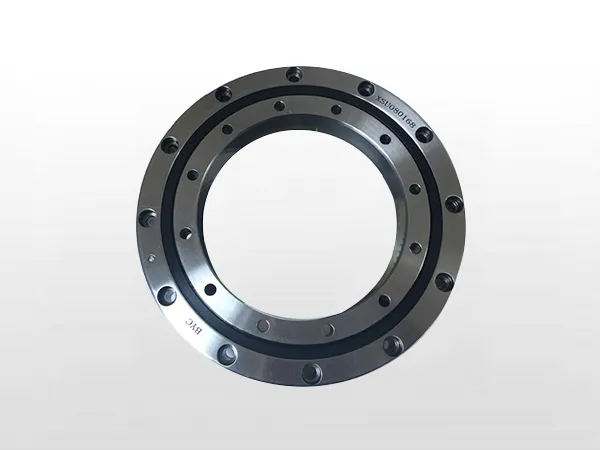What are the types of harmonic reducer bearings?
Harmonic reducers, also known as harmonic drive gears or strain wave gears, are precise mechanical devices used to reduce speed and increase torque in various applications. They rely on flexible elements and harmonic waves to achieve motion. Bearings are a critical component in harmonic reducers, supporting their smooth operation and long lifespan.
Harmonic reducer bearings types

Crossed Roller Bearings:
Structure: Cylindrical rollers are arranged in a crisscross pattern.
Advantages: High rigidity, high load-carrying capacity, and precision.
Applications: Often used in robotics, aerospace, and precision machinery where compact size and high accuracy are essential.
Cylindrical Roller Bearings:
Structure: Cylindrical rollers are aligned parallel to each other.
Advantages: Can handle high radial loads and moderate thrust loads.
Applications: Suitable for heavy-duty applications with high radial loads.
Angular Contact Ball Bearings:
Structure: Balls are arranged at an angle, allowing them to handle combined radial and thrust loads.
Advantages: High-speed capability, good axial and radial load support.
Applications: Commonly used in applications requiring both radial and axial load handling, such as in precision instruments and machinery.
…
For more detailed information about harmonic reducer bearing types, please click here: https://www.boyingbearing.com/en/a/news/harmonic-reducer-bearings-types.html


